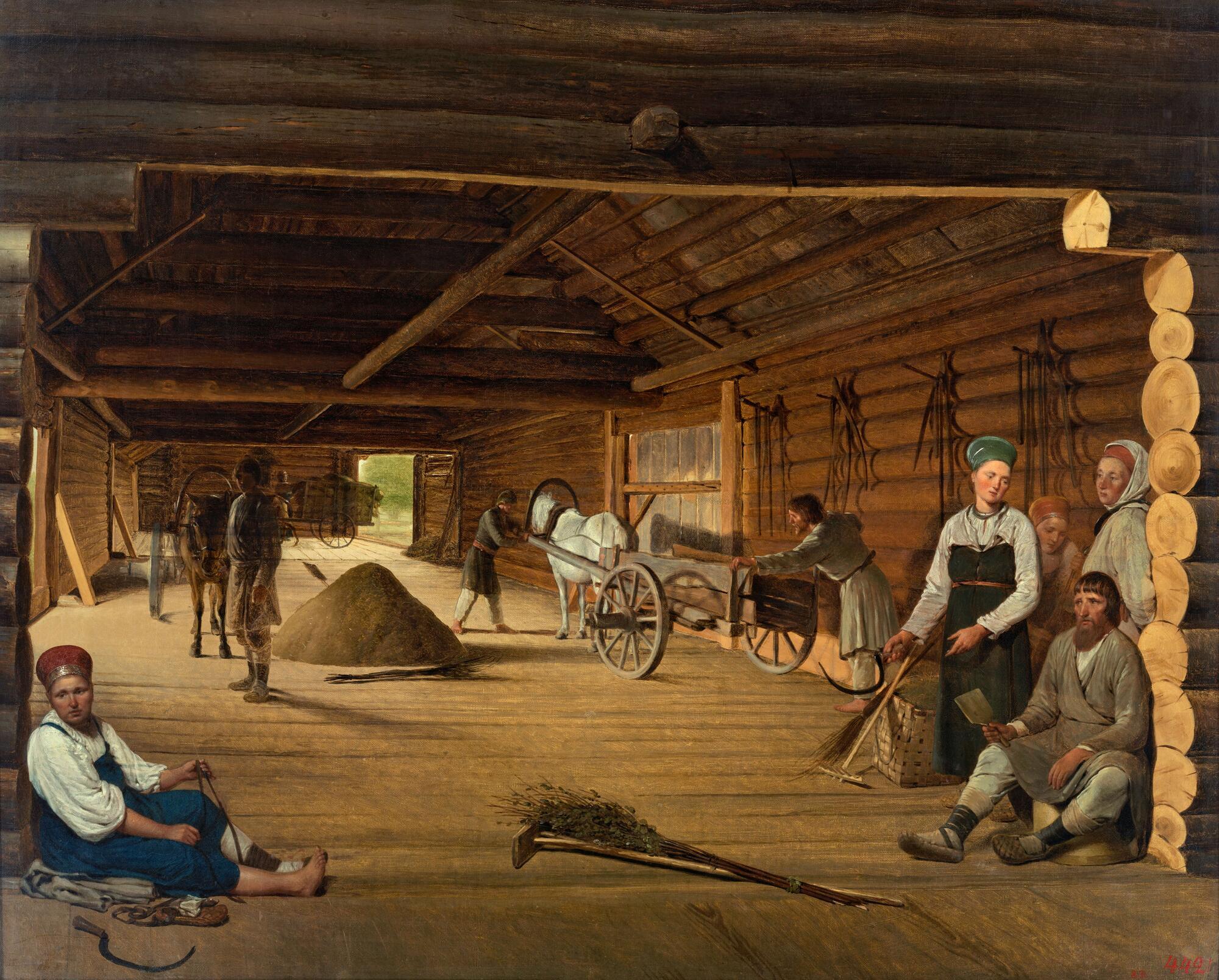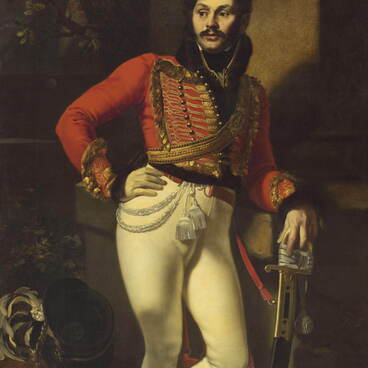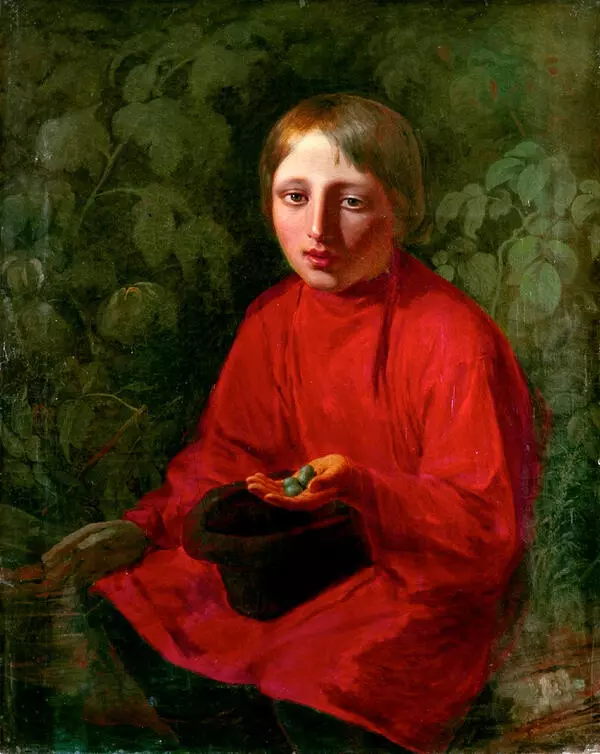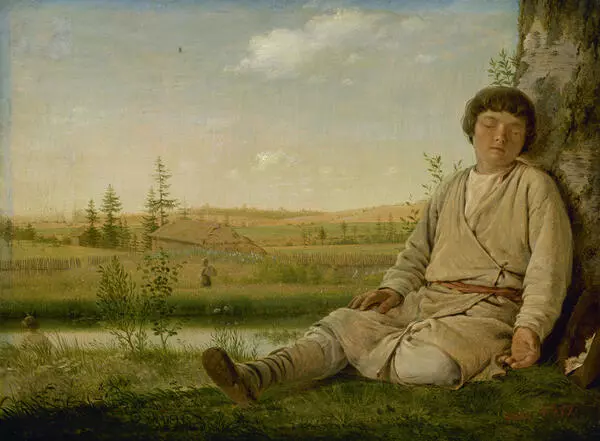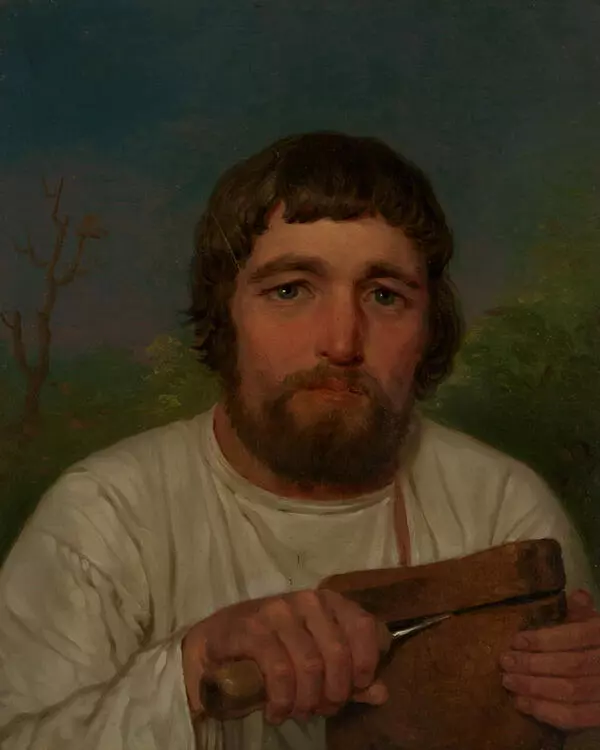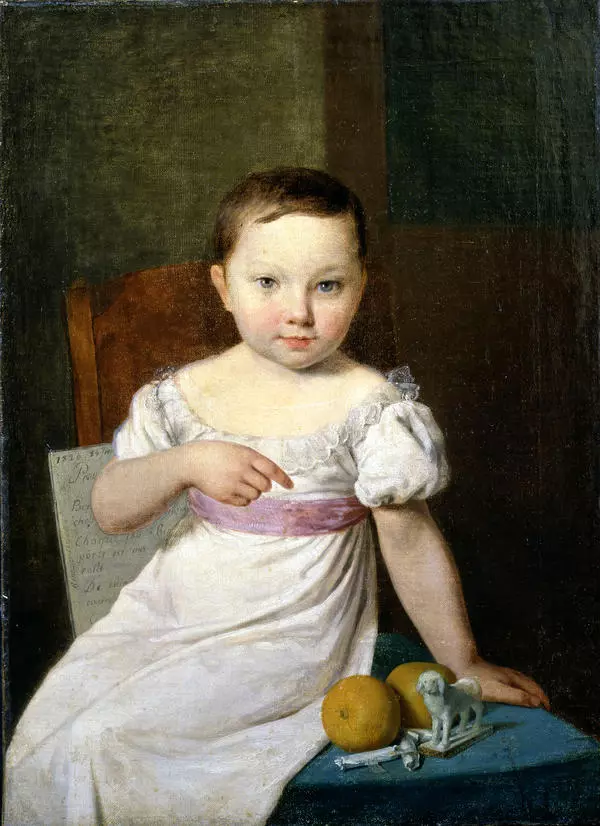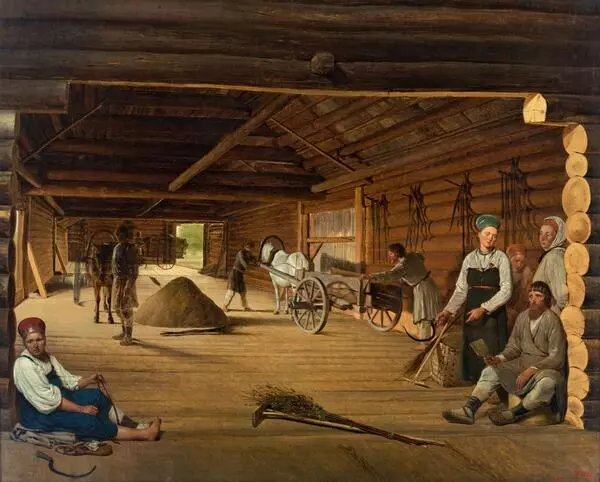Artist Alexey Venetsianov taught at the Academy of Fine Arts, created portraits of the nobility, served as a court painter. But before all he became famous thanks to the canvas depicting life of the Russian peasants. 'Cornfloor' is one of his first and most known paintings on this topic.
#3
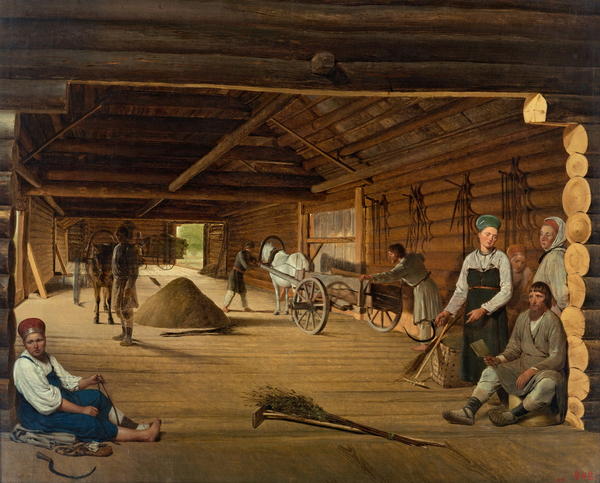
Alexey Venitsianov
Cornfloor
#4
#5
In 1819, Venetsianov left behind his life in Saint Petersburg and service in the Academy. Together with his wife, he moved to the village Safonkovo in the province of Tver and started to develop his countryside genre. In 1822-1823, he painted Cornfloor.
Unlike in his subsequent oeuvres, at that moment the painter did not concentrate too much on the images of the peasants. He paid more attention to their positioning in space, vividness, light and perspective.
#6
A cornfloor means premises where corn is stored after the harvest. In the painting, we see it from inside: crops are already gathered, bonded peasants are resting, various tools are around. It used to be dark inside, therefore to let the natural light in Venetsianov asked the workers to remove the front wall of the cornfloor in his estate.
#7
The characters of the painting do not look like as if they are depicted in the work process. Their figures are static and a little bit unnatural, it is obvious that they are posing. The author deliberately painted them this way to emphasize the premises and the perspective of the canvas.
The painting can be recognized as a true experiment in the area of linear perspective. The logs, which constitute the walls and the timbers of the ceiling, create lines converging in one spot on the most remote wall of the premises. The peasants' figures are becoming smaller as they are placed further and further away from the eyes of the viewer. All this gives a sensation of spatial depth.
#8
This experiment was inspired by the work Interior of the choir in the church Capuchin monastery on the square Barberini in Rome' made by François Granet, a modern French painter. Venetsianov admired this oeuvre and could spend hours in the Hermitage looking at it. Later on, he even wrote a theoretical article Some Thoughts on Perspective'.
Granet, Francois Marius (1775-1849) Interior of the choir in the church Capuchin monastery on the square Barberini in Rome. Replication. Canvas, oil. After 1818. State Hermitage
#9
While living in Safonkovo, Venetsianov opened a fine arts school. Over the period of twenty years, around seventy people graduated from it, among them were talented bonded peasants. The students attending this school painted genre scenes from lives of peasants, fishermen, sailors. Many of them became prominent painters of realistic art.
#10
In 1824, the painting was presented at the academical exhibition. A lot of critics did not appreciate the theme which was not characteristic of grandiose and magnificent academic painting. However, Emperor Alexander I liked Cornfloor and bought it for three thousand roubles for the Hermitage.
As a comparison — at that times it was possible to live modestly on 500 roubles the whole year. In 1897, the canvas was received by the recently opened Russian Museum.
As a comparison — at that times it was possible to live modestly on 500 roubles the whole year. In 1897, the canvas was received by the recently opened Russian Museum.
#11
State Russian Museum
читать дальшескрыть
00:00
00:00
1x
Cornfloor
Время создания
1822–1823
Размер
66,5x80,5 cm
Техника
Canvas, oil
Коллекция
29
Открыть в приложении
Поделиться
